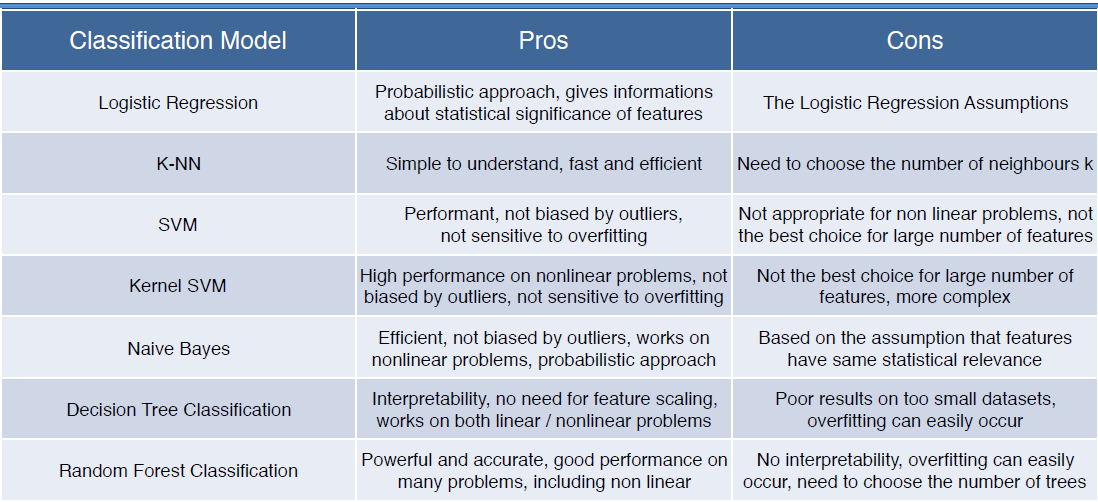

It helps in reducing uncertainty in these trees. Information gain is used in the training of decision trees. In this case, the conditional entropy is subtracted from the entropy of Y. The entropy of the target variable (Y) and the conditional entropy of Y (given X) are used to estimate the information gain. The information gain concept involves using independent variables (features) to gain information about a target variable (class). Information gain is a measure of how uncertainty in the target variable is reduced, given a set of independent variables. An overview of these fundamental concepts will improve our understanding of how decision trees are built.Įntropy is a metric for calculating uncertainty. Entropy and information gain are the building blocks of decision trees. The information theory can provide more information on how decision trees work. The following diagram shows the three types of nodes in a decision tree. Decision nodes provide a link to the leaves. The nodes in the decision tree represent attributes that are used for predicting the outcome. The leaf node cannot be segregated further. This sequence continues until a leaf node is attained. A decision tree algorithm divides a training dataset into branches, which further segregate into other branches. An overview of decision trees will help us understand how random forest algorithms work.Ī decision tree consists of three components: decision nodes, leaf nodes, and a root node. A decision tree is a decision support technique that forms a tree-like structure. How random forest algorithm works Understanding decision treesĭecision trees are the building blocks of a random forest algorithm.

In every random forest tree, a subset of features is selected randomly at the node’s splitting point.It solves the issue of overfitting in decision trees.It can produce a reasonable prediction without hyper-parameter tuning.It provides an effective way of handling missing data.It’s more accurate than the decision tree algorithm.It generates predictions without requiring many configurations in packages (like scikit-learn). It reduces the overfitting of datasets and increases precision. Increasing the number of trees increases the precision of the outcome.Ī random forest eradicates the limitations of a decision tree algorithm. It predicts by taking the average or mean of the output from various trees. The (random forest) algorithm establishes the outcome based on the predictions of the decision trees. Bagging is an ensemble meta-algorithm that improves the accuracy of machine learning algorithms.

The ‘forest’ generated by the random forest algorithm is trained through bagging or bootstrap aggregating. It utilizes ensemble learning, which is a technique that combines many classifiers to provide solutions to complex problems.Ī random forest algorithm consists of many decision trees. What is a random forest?Ī random forest is a machine learning technique that’s used to solve regression and classification problems. It also points out the advantages and disadvantages of this algorithm. The article will present the algorithm’s features and how it is employed in real-life applications. This article provides an overview of the random forest algorithm and how it works. This algorithm is applied in various industries such as banking and e-commerce to predict behavior and outcomes. A random forest is a supervised machine learning algorithm that is constructed from decision tree algorithms.


 0 kommentar(er)
0 kommentar(er)
